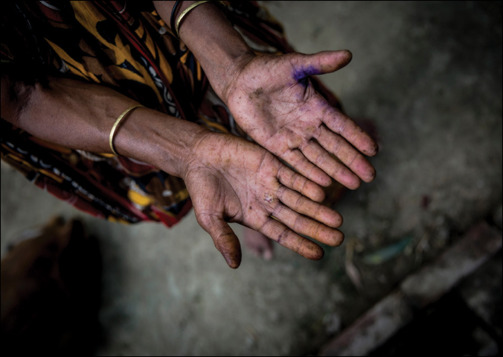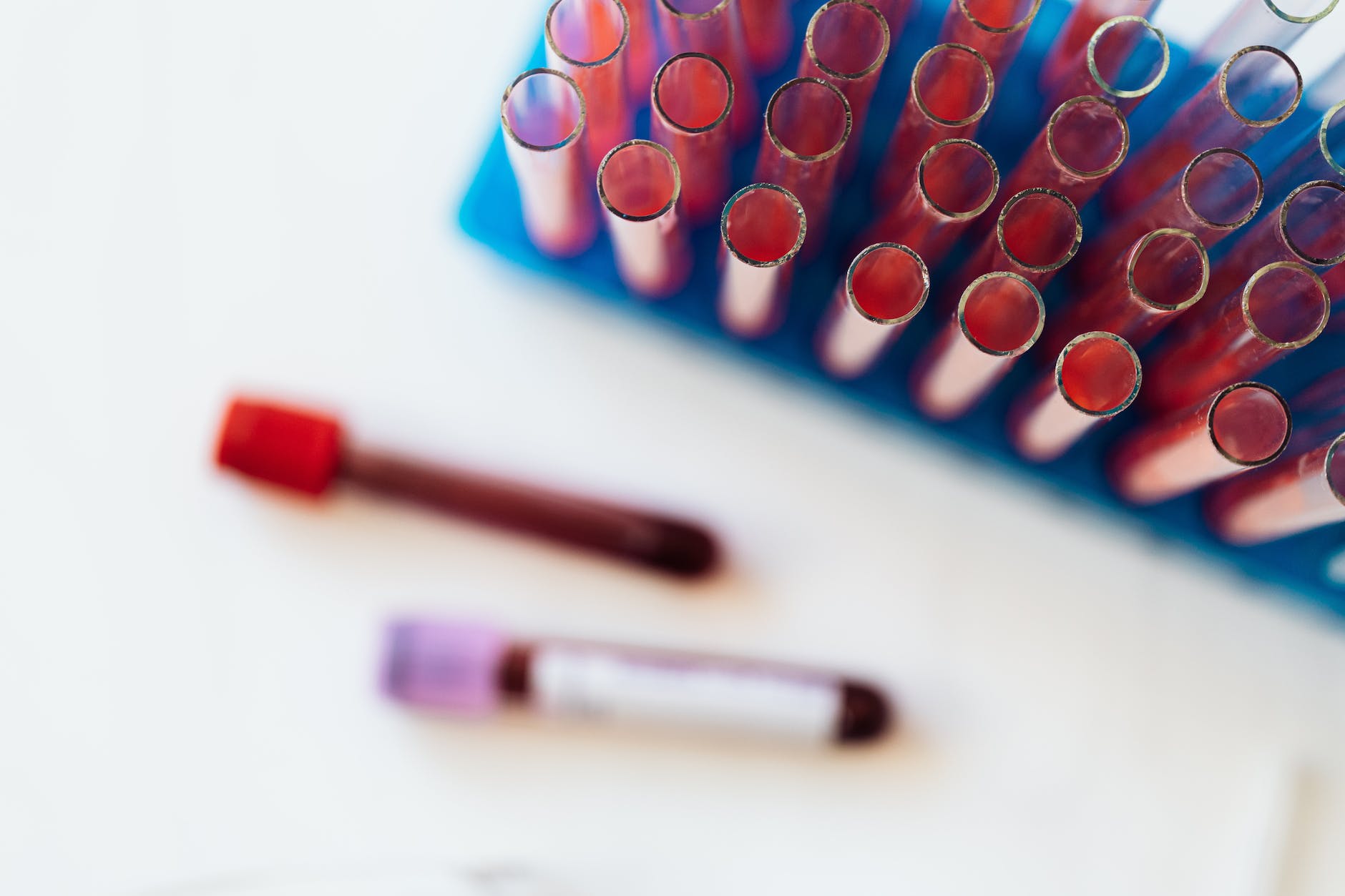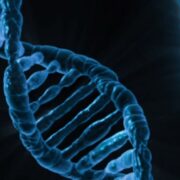ABO blood typing is a genetic test that categorizes individuals into blood types (A, B, AB, or O) based on the presence or absence of specific antigens on the surface of red blood cells.
ABO Blood Typing: Unlocking the Genetic Code of Blood Variations
ABO blood typing is a fundamental and widely employed genetic typing test in forensic science and medicine. This test plays a pivotal role in classifying human blood into distinct categories based on the presence or absence of specific antigens on the surface of red blood cells. It is a crucial tool for medical transfusions and forensic investigations alike.
Understanding ABO Blood Typing:
ABO blood typing is a method used to determine an individual’s blood group based on the presence or absence of two main antigens, A and B, on the surface of their red blood cells. These antigens are genetically determined and are inherited from one’s parents. There are four primary blood types:
- Blood Type A: Individuals with blood type A have A antigens on the surface of their red blood cells and anti-B antibodies in their plasma.
- Blood Type B: Individuals with blood type B have B antigens on the surface of their red blood cells and anti-A antibodies in their plasma.
- Blood Type AB: Individuals with blood type AB have both A and B antigens on the surface of their red blood cells and no anti-A or anti-B antibodies in their plasma. Blood type AB is often referred to as the universal recipient because they can receive blood from donors of any ABO blood type.
- Blood Type O: Individuals with blood type O have neither A nor B antigens on the surface of their red blood cells, but they have both anti-A and anti-B antibodies in their plasma. Blood type O is often called the universal donor because they can donate blood to any ABO blood type recipient.
The Significance of ABO Blood Typing:
ABO blood typing holds immense significance in both the medical and forensic domains:
- Blood Transfusions: In medical settings, knowing a patient’s blood type is critical for safe and compatible blood transfusions. Mismatched blood types can lead to severe and sometimes fatal reactions. ABO blood typing ensures that donors and recipients are appropriately matched.
- Forensic ScienceDiscover the fascinating field of Forensic Science, the application of scientific principles to legal matters. This post delves into its many disciplines, from DNA analysis to crime scene investigation, its importance in the justice system, and the core tenets that guide forensic experts in their quest for truth. More: In forensic investigations, ABO blood typing is employed to identify and link bodily fluids (such as blood, saliva, and vaginal secretions) found at crime scenes to potential suspects. By analyzing the ABO blood type of bodily fluids, forensic experts can narrow down the pool of possible contributors.
Probability of ABO Blood Type Matches:
It’s important to note that not all ABO blood types are equally common. While there are four primary blood types, the frequency of these types in the general population varies. One interesting statistic is that approximately one out of every three randomly selected pairs of people will share the same ABO blood type. This information can be particularly relevant in paternity testing and forensic casework.
In Summary:
ABO blood typing is a cornerstone of both medical practice and forensic science. By classifying individuals into A, B, AB, or O blood types it facilitates safe blood transfusions and assists forensic experts in solving crimes by identifying the sources of bodily fluids left at crime scenes.





